Years ago, in an ill-conceived attempt to break into natural history radio, I borrowed a nearly dead car from a friend in West Hollywood and drove across town to the Los Angeles Zoo to report on a project to save the California condor from extinction. By the 1980s the number of condors had — thanks in part to the birds’ tendency to fly into live power lines — plunged to a few tens, and the species was on the brink. The remaining individuals were taken into captivity and a breeding programme begun. Newly hatched chicks were raised by hand — that is, by glove puppets made to look like adult condors. The chicks, imprinting on the puppets, would imitate their behaviour, which included avoiding dummy power lines.
Miraculously, I got the car back to its owner and the BBC broadcast my report. That was just about it for me in radio, but the California condor has gone from strength to strength. Birds fledged at the zoo were successfully reintroduced into the wild.
The case of the California condor is just one example of the lengths to which people will sometimes go to prevent extinction. It is by no means the most extreme. Perhaps that prize goes to a project to protect the whooping crane. The few young birds in existence have to learn the autumn migration route of their ancestors from Canada to Florida by following an ultralight aircraft piloted by a human dressed as a crane. I want that job.
But what about bringing species back from the dead? The idea first captured the popular imagination with Steven Spielberg’s 1993 film Jurassic Park, in which dinosaurs cooked up from adapted frog DNA roam the earth, grossing the film’s producers more than a billion dollars.
The unentertaining fact is that resurrecting animals that died out 65 million years ago is likely to remain far beyond the bounds of possibility for a very long time to come. When it comes to the freshly annihilated, however, the science begins to look more plausible, if a lot less lucrative.
In 1999 Spanish and French scientists took living cells from the last Pyrenean ibex, or bucardo, shortly before her death and used them to create embryos using the same techniques that had been used in 1996 to clone Dolly the Sheep. None of the embryos survived birth, but it was not implausible that, with improvements to experiment design, they could have.
In 2013 scientists from the United States and Japan, together with boosters at a TED (Technology, Education, Design) conference, claimed it would not be long before mammoth could be reconstituted from fragments of DNA taken from bodies frozen in the ice, and set loose in a Pleistocene Park in Siberia. In March of this year a team led by George Church at Harvard University said they were close to success, which sounds impressive until you learn that what this means is cells in a dish which are less than 0.0001 per cent mammoth DNA and 99.9999 per cent Asian elephant.
What are we to make of all this? In How to Clone a Mammoth, Beth Shapiro, an evolutionary molecular biologist at the University of California, Santa Cruz, who actually works on the de-extinction of the passenger pigeon and the mammoth, aims to separate science from science fiction. She succeeds brilliantly. This book is likely to prove the definitive guide for non-specialists to the science of de-extinction for some time to come.
No less importantly, Shapiro explores the vital questions surrounding the whole subject of de-extinction with great clarity. How did a species go extinct in the first place? Is there really a compelling reason to bring a species back? Is there a place for the species to live if we do bring it back? What about uncharismatic but ecologically important animals such as the kangaroo rat? What about plants and fungi?
Shapiro is an cute, lively, sceptical and nuanced writer. ‘I believe that de-extinction is in many cases scientifically and ethically unjustified,’ she writes. ‘I also believe that de-extinction technology has great potential to become an important tool for conserving species and habitats that are threatened in the present day.’
When it comes to mammoths, she thinks the technology has a very long way to go but is not necessarily unachievable. She ‘cannot come down entirely in favour of mammoth de-extinction’, but appreciates the power of the idea to open our minds to the possibilities.
People are terrified of extinction for three reasons, she says; we fear missed opportunities, we fear change and we fear failure. But, she believes, de-extinction may enable us ‘to actively create a future that really is better than today, not just one that is less bad than we anticipate’. It will be risky, but conservation success stories to date — the California condor, the grey wolf in Yellowstone — ‘prove that risk-taking can be deeply rewarding’.
Europe’s challenge, for now, may be largely a matter of protecting or expanding suitable habitats and then reintroducing, or allowing for the migration of, animals that are locally extinct but survive elsewhere. Beavers and lynx are two examples in Britain.
And in future? Perhaps, Shapiro suggests, the technologies behind de-extinction may some day be used to engineer genetic changes into existing species that make their extinction less likely as rapid and unpredictable perturbations to the environment hit home.
Got something to add? Join the discussion and comment below.
Get 10 issues for just $10
Subscribe to The Spectator Australia today for the next 10 magazine issues, plus full online access, for just $10.
Available from the Spectator Bookshop, £14.95 Tel: 08430 600033. Caspar Henderson is the author of The Book of Barely Imagined Beings. He is writing A New Map of Wonders.
You might disagree with half of it, but you’ll enjoy reading all of it. Try your first month for free, then just $2 a week for the remainder of your first year.

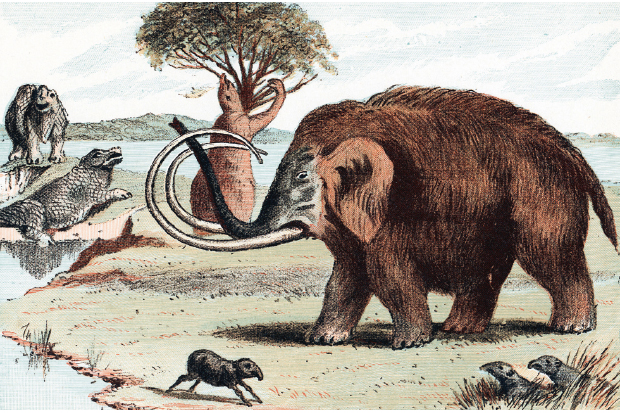
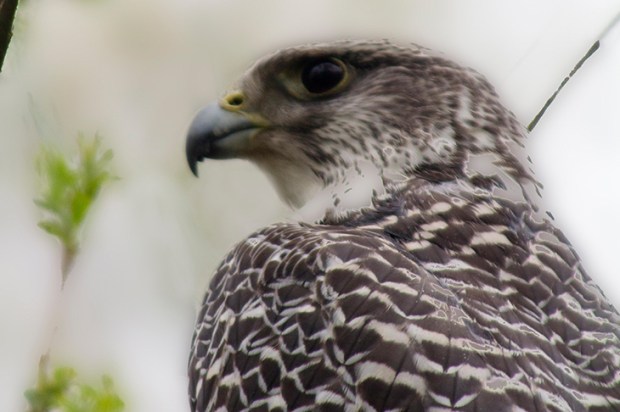
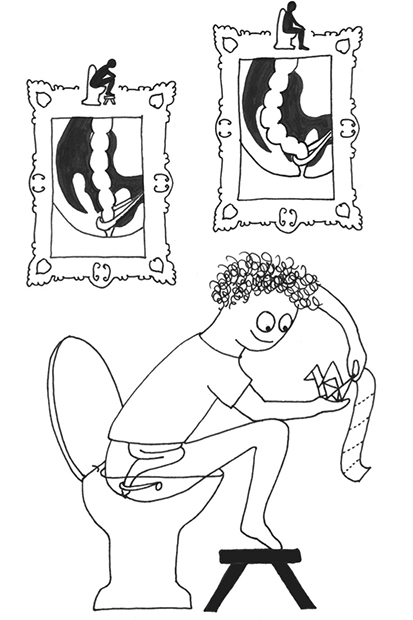
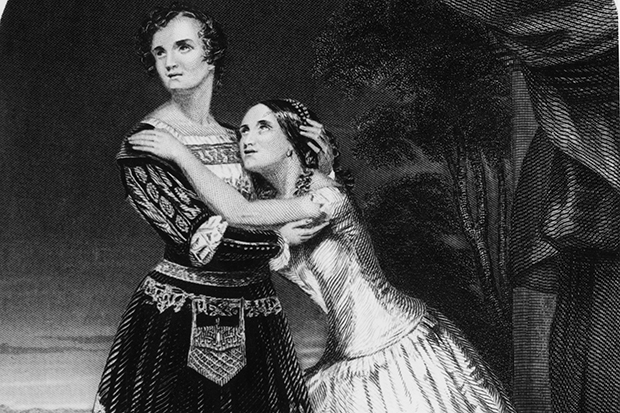
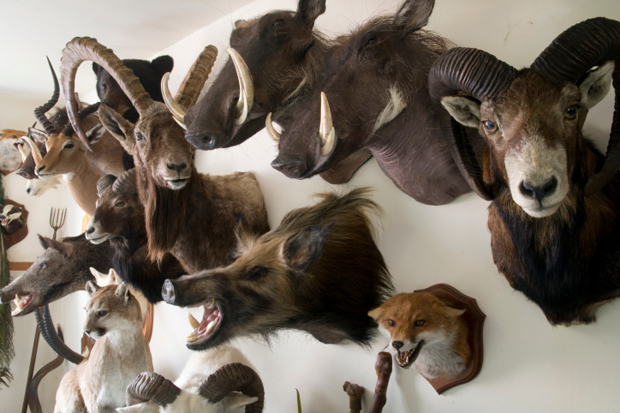
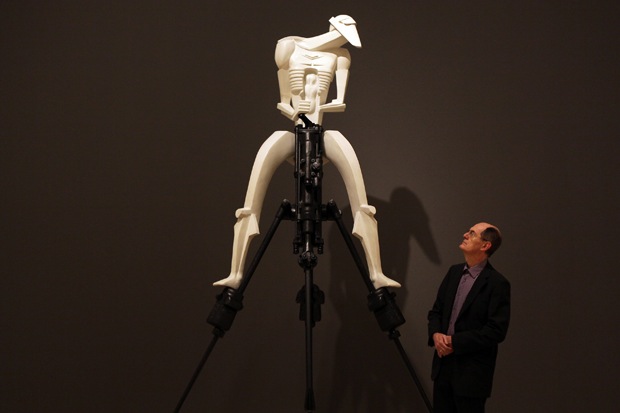
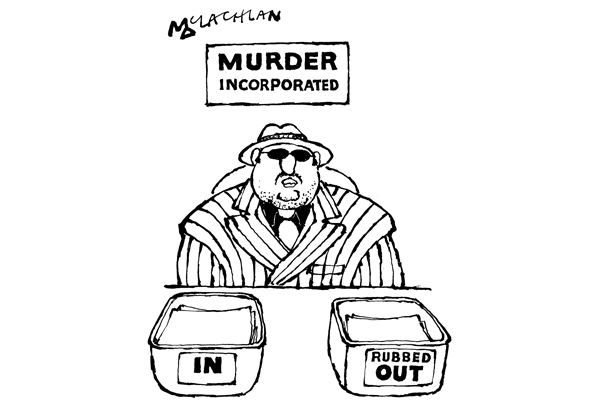






Comments
Don't miss out
Join the conversation with other Spectator Australia readers. Subscribe to leave a comment.
SUBSCRIBEAlready a subscriber? Log in